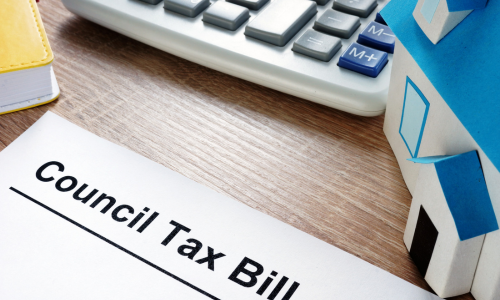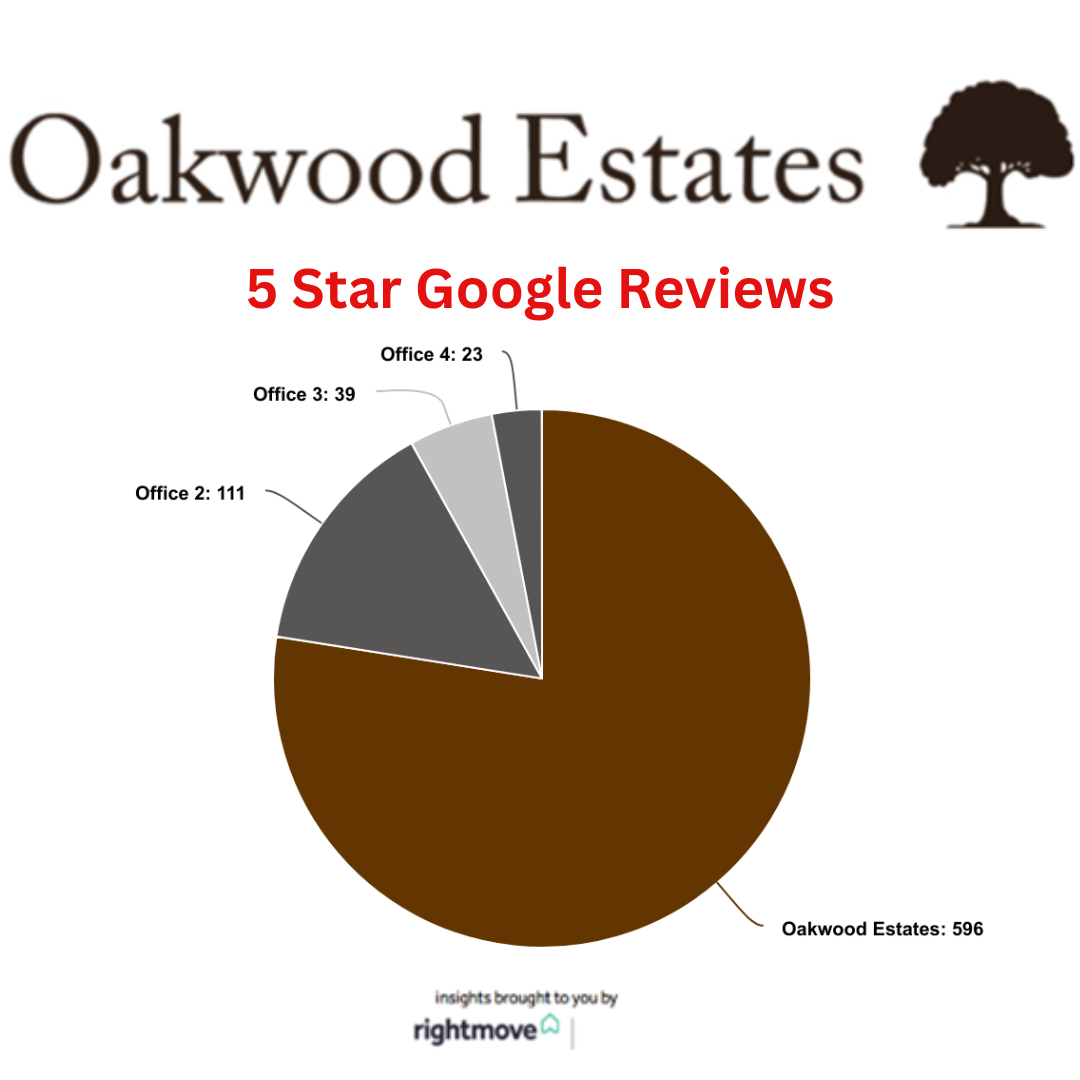When renting a property, it can be an anxious process as you hope to discover the perfect property and landlord rolled into one. You can sometimes feel pressure as you explore the rental market trying to discover the perfect fit for you. We’re here to help guide you through the different types of tenancy agreements your new landlord may offer you. Your landlord won’t give you the option of choosing your tenancy agreement, but the more knowledge you have, the more you understand your rights as a tenant.
What is a tenancy agreement?
A tenancy agreement is a contract between a landlord and a tenant. It is a written document that highlights the agreed-upon terms of the tenancy. This includes how long the tenancy will last, how much the monthly tenancy costs, and when these monthly payments are due. Like all contracts, it is a legally binding document, so you must follow all the instructions involved within it. Renting safely involves you fully reading your tenancy agreement, allowing you to feel safe and secure when renting.
Assured tenancy
An assured tenancy is where the tenant must claim the property as their main residence. This tenancy offers more security than others, as you are given more rights as a tenant. This tenancy is normally aimed at long-term residents, so it is normally offered after your trial or beginning period of your residency, ensuring you are the best fit for the landlord.
Assured shorthold tenancy
An assured shorthold tenancy is the most popular tenancy agreement in the UK. Landlords are only able to use assured shorthold tenancies for short-term tenants, which are usually under six months. This tenancy is normally directed towards students and young professionals who are not looking for a long-term tenancy.
Fixed-term tenancy
A fixed-term tenancy agreement is usually between six and twelve months. This tenancy agreement allows you and the landlord to agree on a fixed monthly cost for the length of the contract. This also means you cannot leave the tenancy, and you must honour the agreement for the agreed period.
Excluded tenancy
An excluded tenancy typically applies to sub-tenants or landlords that share the same facilities as the landlord, such as your kitchen and bathroom. Tenants on excluded tenancies don’t have the same protection as someone on an assured shorthold tenancy because they are renting a section of a property rather than the whole property reducing their rights.
Periodic tenancy
A periodic tenancy is a tenancy agreement that is a short-running tenancy. This tenancy is the easiest to terminate, which can be as quick as a week. This allows flexibility for the tenant and landlord, ensuring neither is tied to a long-term contract.
Regulated tenancy
A regulated tenancy has not been commonly used since 1989. It is a long-term tenancy where the tenants will pay a ‘fair’ rent that is not set by the landlord but by the valuation office agency. This allows the tenant to pay a similar rent as others.
How a letting agent can help
Renting through a letting agent guides you in the right direction to ensure you are in the best suited tenancy that benefits both you and your landlord. Now you have a better understanding of tenancy agreements it will allow you to feel safe and secure within your future rental agreement.
Contact us today at Oakwood Estates if you’re ready to find your perfect rental.






Share this with
Email
Facebook
Messenger
Twitter
Pinterest
LinkedIn
Copy this link